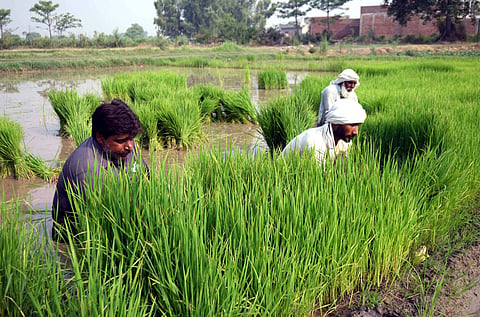The provinces: Profile of agriculture and industry
In recent years, Pakistan has moved towards reducing the fiscal deficit, pursuing a stabilisation programme, bringing about structural changes in the economy, promoting investment, expanding exports, reducing poverty and augmenting GDP growth. However, these efforts have been marred by the fallout from the events of 11 September 2001. Pakistan's 2002-03 federal budget has a total outlay of PNR 742 billion, with debt servicing reduced to PNR 290 billion from PNR 320 billion the year before.
Estimates of gross revenue receipts for the new fiscal year stand at PNR 675 billion, with the overall budget deficit fixed at 4 percent of the GDP as compared to 5.7 percent in the previous year. Under constitutional mandate, all four provinces – Punjab, Sindh, North Western Frontier Province (NWFP) and Balochistan – receive budget shares from the federal divisible pool under the terms of a formula embedded in the National Finance Commission (NFC) Award agreement of 1996. This year, the federal government has earmarked PNR 193.5 billion for such provincial allocations against last year's total of PNR 190 billion – a net increase of more than 3 billion rupees but less than what the provinces had demanded. The NFC Award system has not been working to the satisfaction of Pakistan's provinces.

